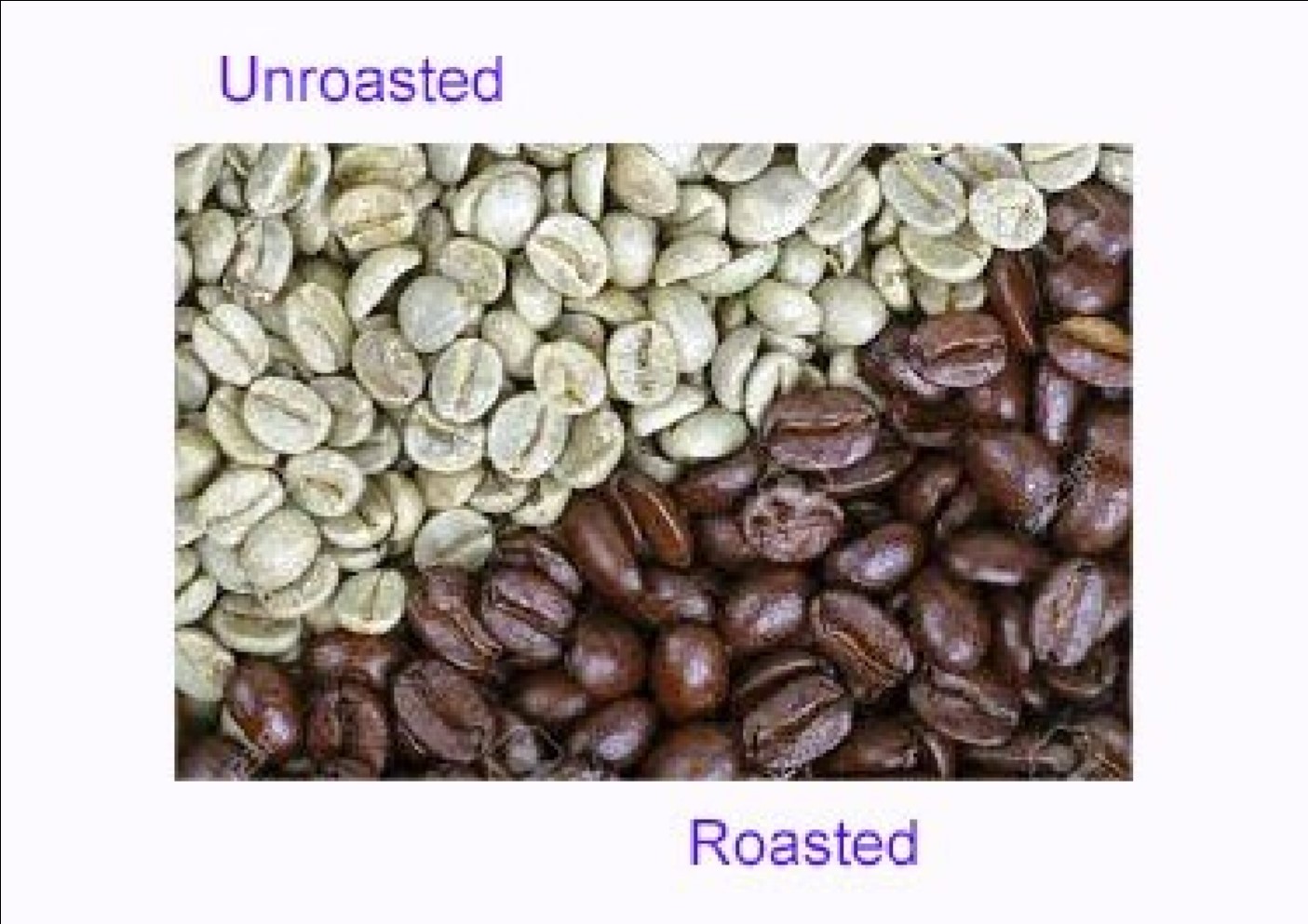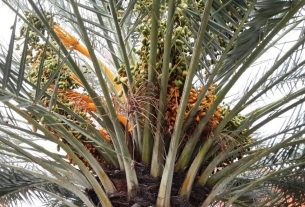By Terry Sovil the April 2019 Edition
The coffee article last issue talked about coffee in Colima and ways to brew it. I was intrigued about how Colima compared to Mexico and the world.
Coffee Types
There are more than 80 coffee types! Out of the 80, two dominate our tastes and purchases: Arabica and Robusta.
Arabica
This is the older bean considered finer than the Robusta. Less bitter, less caffeine and more aroma, one of the oldest seed types in agriculture. It matures in 9-11 months, has more than 60% of the market and is mainly grown in Brazil, Columbia and Central America. Mexico is one of the largest producers of organic coffee and 95% of our harvest is Arabica-type beans.
Mexico’s location between the Atlantic and Pacific oceans puts us in a perfect position for the growing of Arabica beans. Mexican plants tend to flower 3-4 times each year due to diverse climates. November to March sees a lot of coffee harvesting. Many of our beans, about 40%, are grown in medium-to high-altitude forests. They say “High Grown = High Quality”.
Robusta
Robusta is less aromatic, twice the amount of caffeine as Arabica, more resistant to heat, disease and parasites. It is round-shaped and the cut is straight. It matures within six to eight months. Market share is about 40% of the market. Primary growing areas are Central and West Africa, South East Asia and Brazil.
Coffee in 2018The International Coffee Organization predicted a growing year in 2018 but the estimated 158.56 million bags was 0.3% lower than 2017.
The findings:
•South America was 8.2% lower with 70.57million bags
•African production rose by 5.3% to 17.63 million bags
•Asia and Oceania rose 7.9% to 48.44 million bags
•Mexico and Central America rose by 7% to 21.92 million bags
•Arabica output was expected to decline about 6.5% to 97.16 million bags
•Robusta expects 11.5% growth to 61.40 million bags
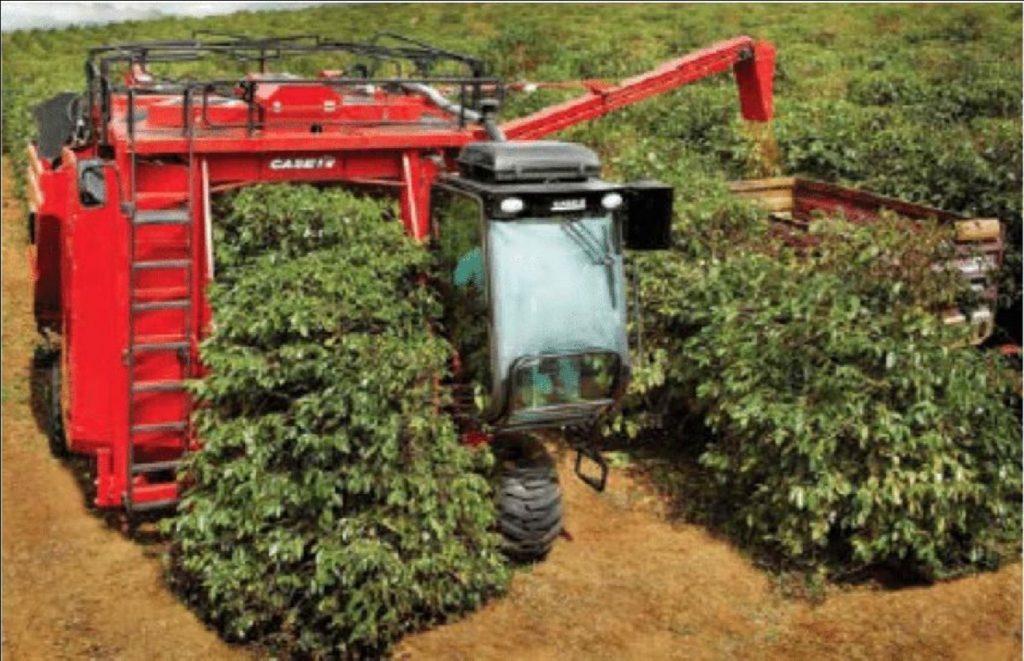
Mexico Coffee History
A majority of our coffee, particularly organic, is from small farmers, mostly in the states of Chiapas and Oaxaca. Coffee is one of the most profitable exports in Mexico and up to a half million small farmers and their families depend on exports for their survival. The Mexican Coffee Institute (INMECAFE), is a government agency developed to help and administrate coffee growth among the small growers. They supplied technical sup-port, credit and transportation to market. Their efforts produced big results in the 3 main states of Chiapas, Veracruz and Oaxaca that produce 75% of the coffee in Mexico.
As Mexican coffee consumption increases, and becomes more common, there are some changes in overall coffee culture. For many, coffee is an early morning kickoff, but that isn’t always true here. For many, it can be a more important item at lunch or dinner. Customers eat and relax a bit and talk. This is why many coffee shops don’t open early but rather late morning. This creates a different coffee shop culture but it is still an activity that binds people together. Despite the boom, there is still demand from the commodity coffee buyers for instant coffee.
Typical fine Mexican coffee is comparable to a light white wine. Delicate body, dry, with an acidic rush. If you like this, you will like typical Mexican coffee. If you like more, high-growing regions like Chiapas rival the coffees from other areas like Guatemala, in power and complexity. Since we have certified, organically grown coffees, 75% comes from Latin America, there are many coffees appearing on North American menus. Some of the most admired Mexican coffees do not end up in the United States or Canada but in Europe.
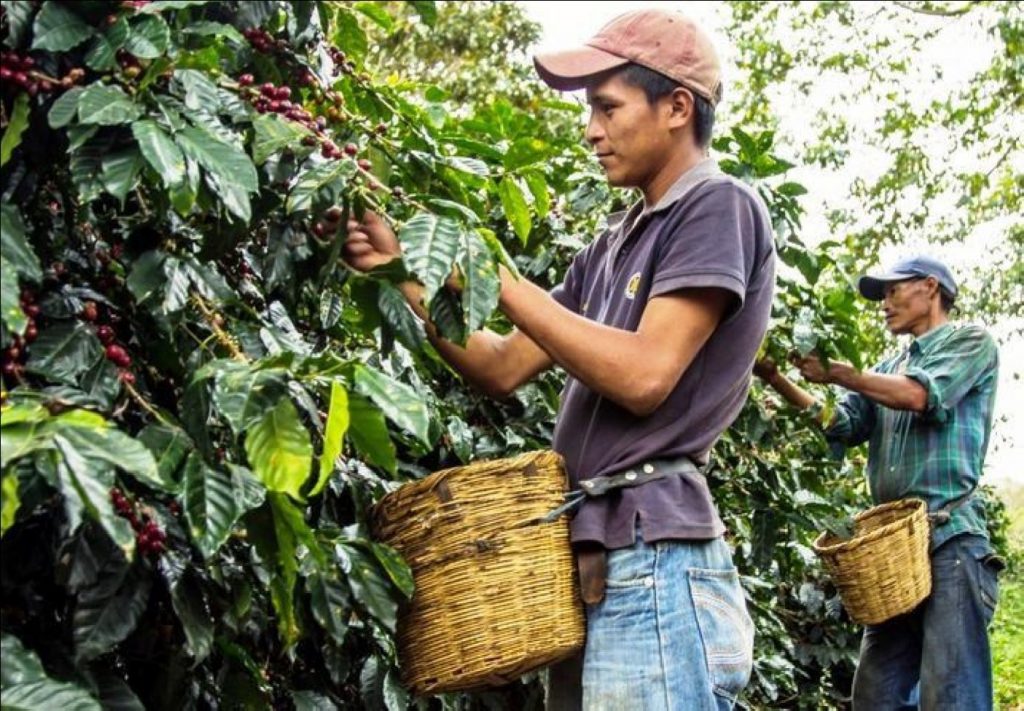
Harvesting
Coffee is a plant. It grows as a bush or as a tree (4 to 10 meters / 13 to 33 feet). A tree can carry blossoms and fruit, called coffee cherries, of different ripeness at the same time. The cherry-like fruit contains two seeds facing each other on their flat side. The seeds are in a thin skin and a slimy type coating. Since each bush or tree can have beans at a different stage of growth it makes the picking difficult. The lay of the land is of-ten a high altitude with difficult, steep terrain. Most of the harvesting is by hand.
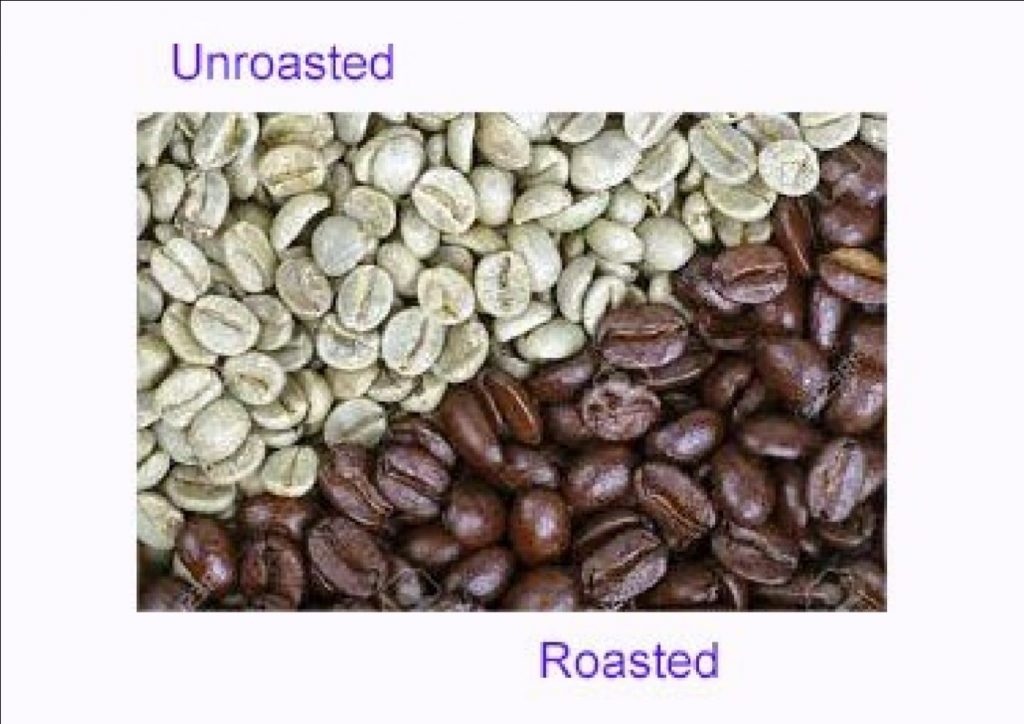
Handpicking
Specialty coffees have been hand-picked by a team (estate) or the individual farmers (small cooperatives). It is imperative that the cherries have reached their maturity. This means you by-pass some cherries and leave them on the tree. It’s not unusual to have up to 10 passes to assure they are picked at the right time. Most pickers are paid by the weight so it is difficult to have consistency unless they pay extra for quality ripe cherries.
Strip Picking
A big percent of the harvest is with strip picking. Each picker strips the entire branch rather than selecting fully mature fruit. It is efficient but the results of a mix of mature and unripe cherries can be a huge detriment to coffee quality. A farmer will receive a greater price for the coffee if they deliver only good, ripe cherries.
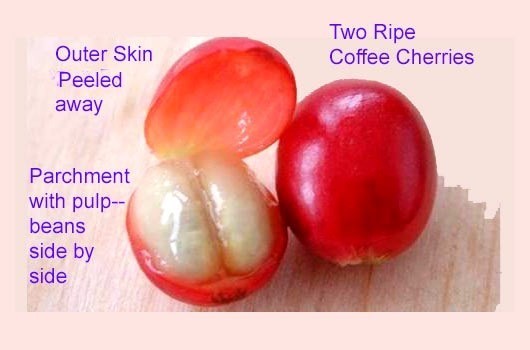
Machine Picking
Machine picking is very efficient but is only used by Brazil. Brazil has flat lands where the machinery can be operated effectively among perfectly planted rows. The equipment is costly but it can be operated by one man, which lowers costs due to reduced overhead. The machine strips the branch. This is not good for the harvest of good cherries. You end up with a resulting mix of unripe and ripe cherries. It is also hard on the trees. This is why Brazilian coffee can be cheaper in price due to lower production costs. Some farmers have found newer, gentler equipment but there is still no close observation by a human picker.
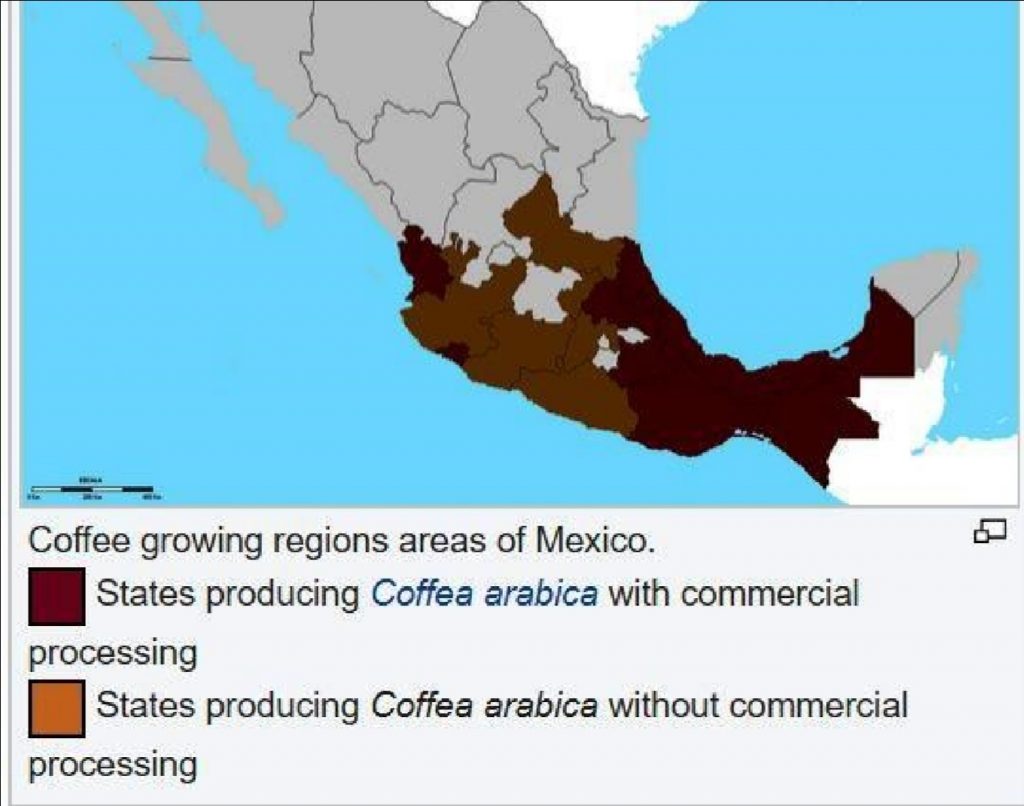
The full edition or view it online
—
Terry is a founding partner and scuba instructor for Aquatic Sports and Adventures (Deportes y Aventuras Acuáticas) in Manzanillo. A PADI (Professional Association of Dive Instructors) Master Instructor in his 36th year as a PADI Professional. He also holds 15 Specialty Instructor Course ratings. Terry held a US Coast Guard 50-Ton Masters (Captain’s) License. In his past corporate life, he worked in computers from 1973 to 2005 from a computer operator to a project manager for companies including GE Capital Fleet Services and Target. From 2005 to 2008, he developed and oversaw delivery of training to Target’s Loss Prevention (Asset Protection) employees on the West Coast, USA. He led a network of 80+ instructors, evaluated training, performed needs assessments and gathered feedback on the delivery of training, conducted training in Crisis Leadership and Non-Violent Crisis Intervention to Target executives. Independently, he has taught hundreds of hours of skills-based training in American Red Cross CPR, First Aid, SCUBA and sailing and managed a staff of Project Managers at LogicBay in the production of multi-media training and web sites in a fast-paced environment of artists, instructional designers, writers and developers, creating a variety of interactive training and support products for Fortune 1000 companies.
